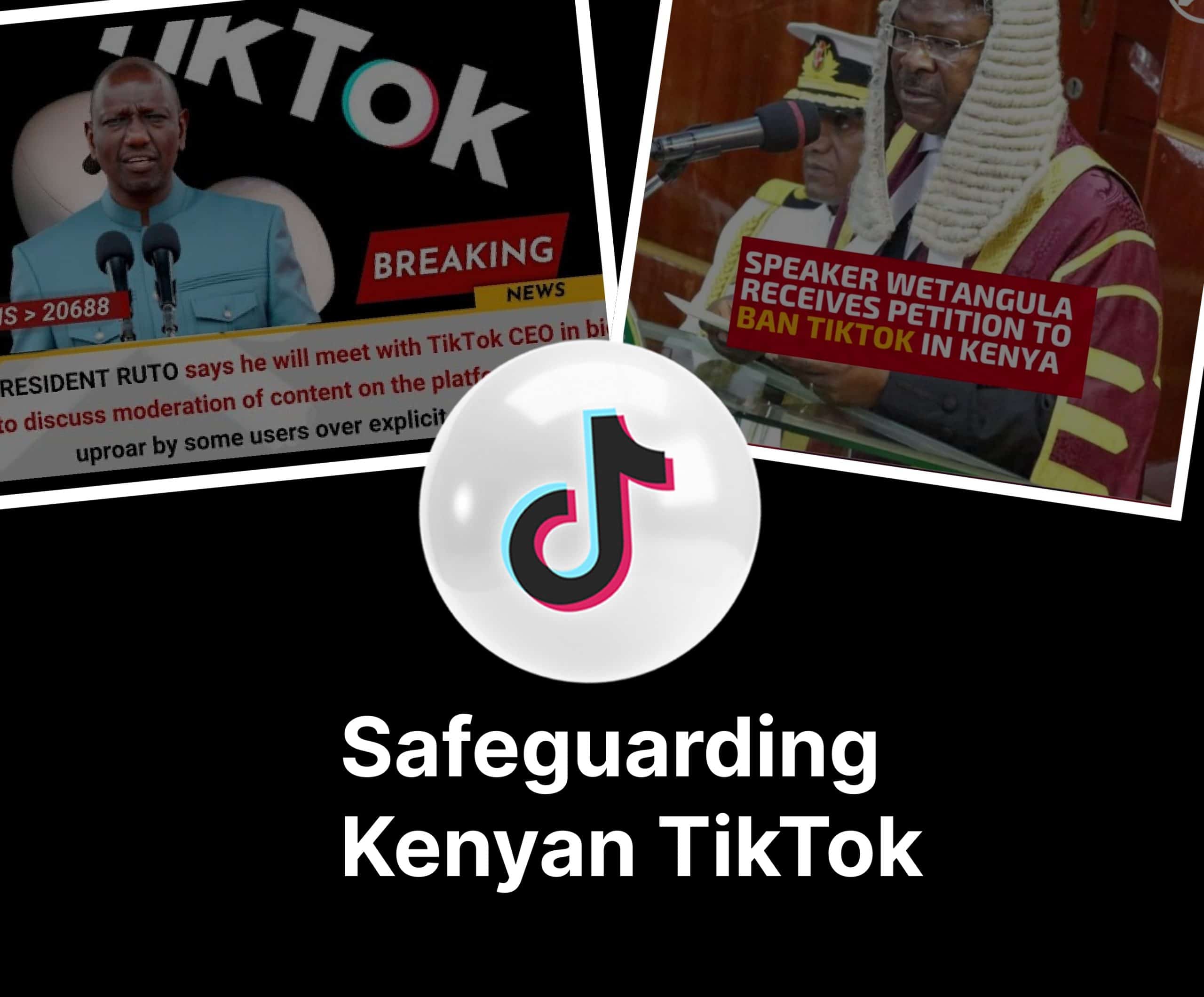
In our Product Design (UI/UX) class at Moringa School, our Technical Mentor, Silas Silkhe, challenged us to devise design solutions that tackle this issue while upholding essential design principles. Our collaborative effort, involving Amy, Stephen, and myself, led to the development of these solutions.
To illustrate our concepts, we also worked together on a low-fidelity prototype showcasing how our proposals could be effectively implemented.
Proposed Solutions in 5 parts
Like any other app, the initial step involves signing up into the platform.

After accessing the app, here comes the first proposal.
1. Identity Verification Feature
Implementing ID/passport identification would ensure that only adults can create and set up accounts. This would also deter spam and bot accounts since each ID would be linked to a unique user, making user tracking more straightforward.
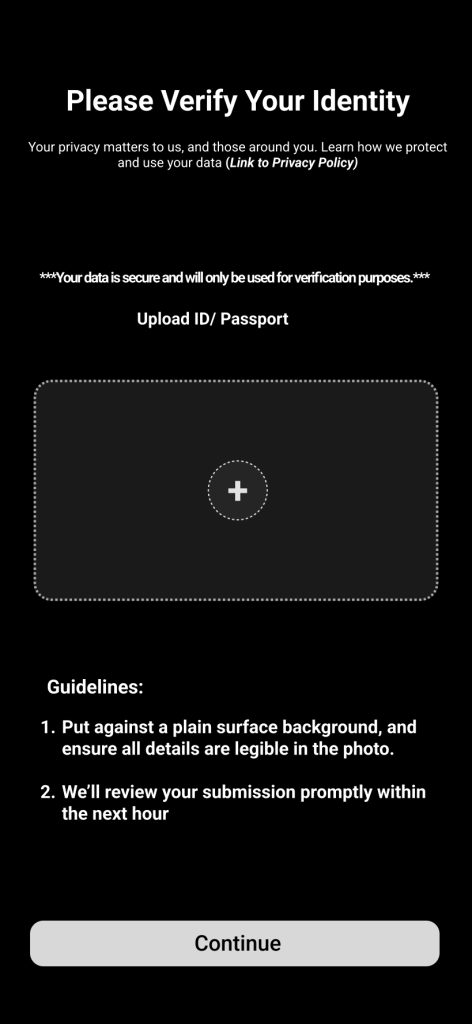
2. Family sharing accounts
To maintain a family-friendly environment, we propose enhancing the existing family-sharing feature. During onboarding, underage users can select their age group by scanning their parent’s account, allowing for age-appropriate content access. For underage users, this will lead them to either ‘Kidtok’ or ‘Teentok’.
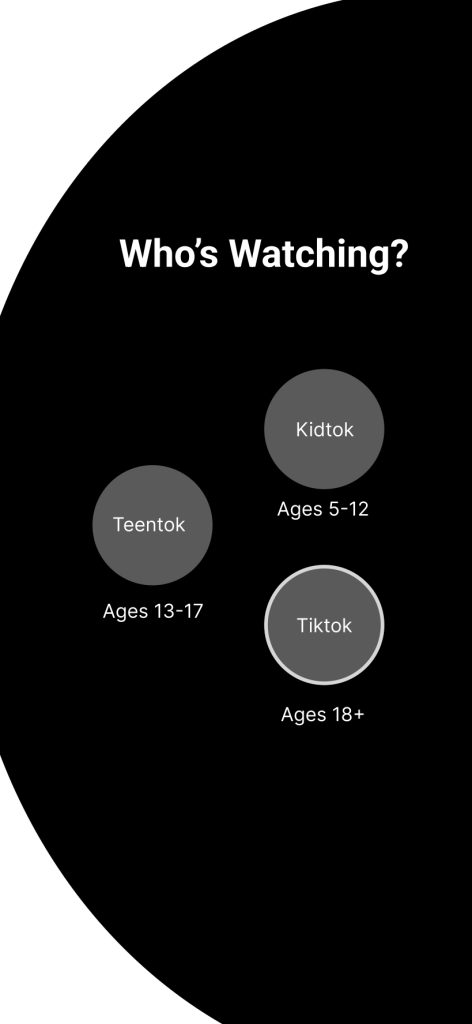
‘Kidtok’ (ages 5-12) offers locked features that give families direct control over what children can watch, accessible via a PIN resettable monthly. The content here includes cartoons and lighthearted comedy.
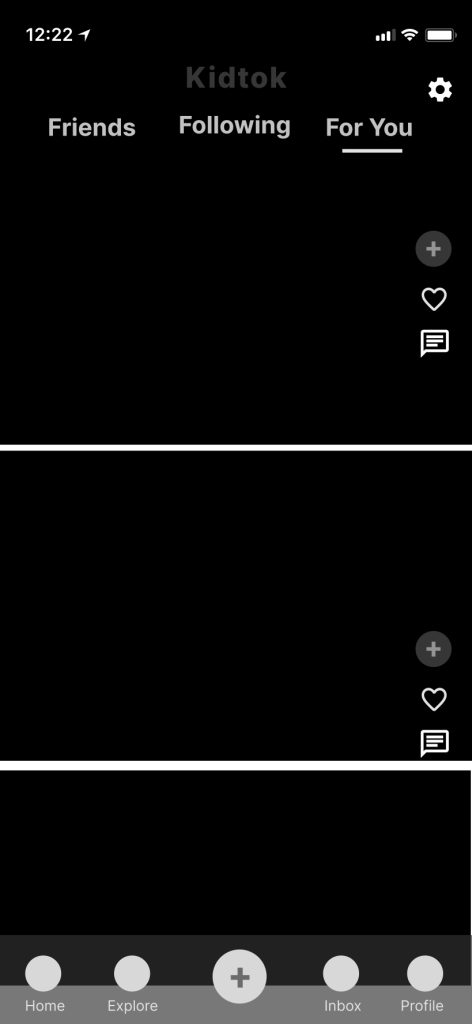
‘Teentok’ (ages 13-17) features content that appeals to teenagers, such as dance challenges, lip sync, fashion, travel, education, comedy, relationships, mental health, gaming, and more.
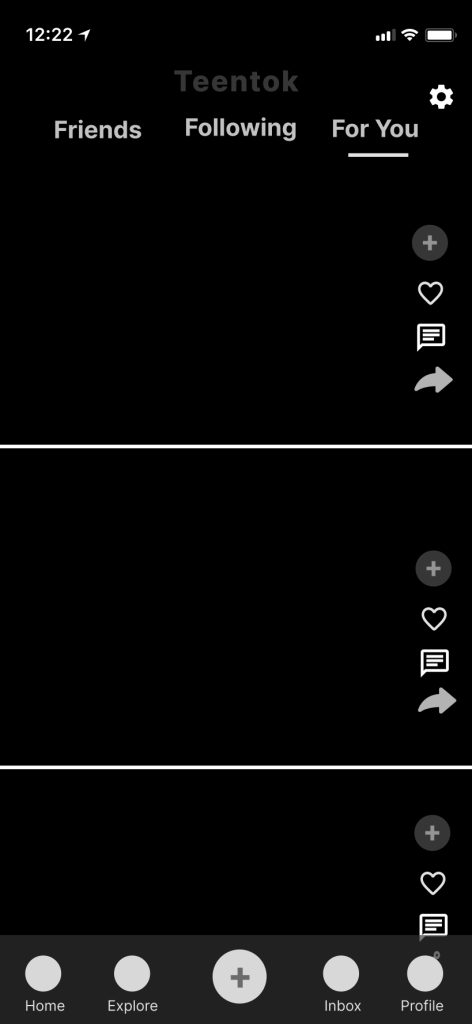
On ‘Kidtok’ and ‘Teentok,’ only ‘like‘ and ‘comment‘ buttons will be available to reduce objectification and predatory behavior. This limits inappropriate content sharing, addressing past privacy and violation concerns.
For adults, TikTok remains a hub of laughter, fun and engaging conversations. Adult users are free to tweak their content preferences as they use the app. In the initial sign-up process, the content preferences page will look as below.
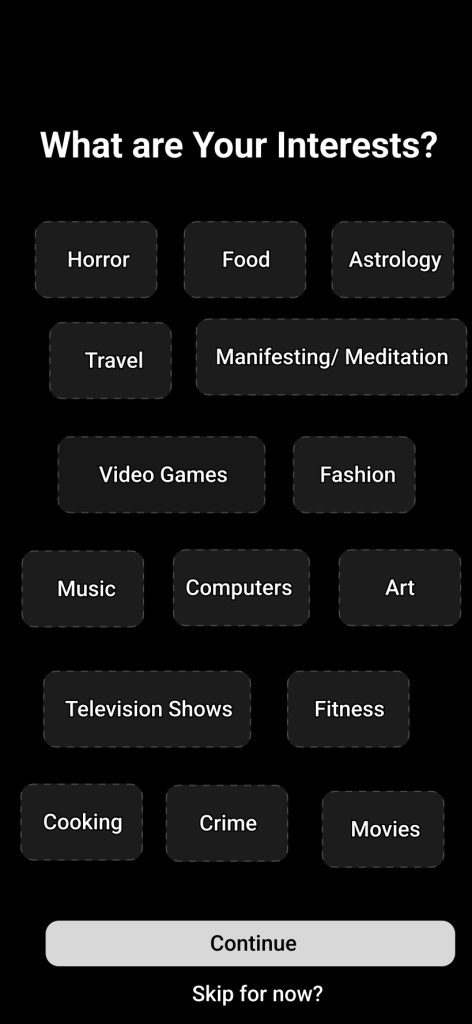
3. Live Steaming Latency
Stream latency is the delay between a camera capturing an event and the event being displayed to viewers.
This streaming delay is designed to provide TikTok’s algorithm with an opportunity to evaluate the content being broadcasted, particularly in cases involving explicit content, which has been a significant concern on Kenyan TikTok. We recommend implementing a 15-60 second delay for all live content streams.
This approach to latency timelines empowers TikTok to maintain a vigilant watch over content, promptly identifying and addressing any potential violations of guidelines.
4. Introducing ‘Incognitok’
Also referred to as ‘Incognito Mode/Adult Mode. This feature effectively separates potentially sensitive or explicit content from the rest of the platform, granting users greater control over their content experience.
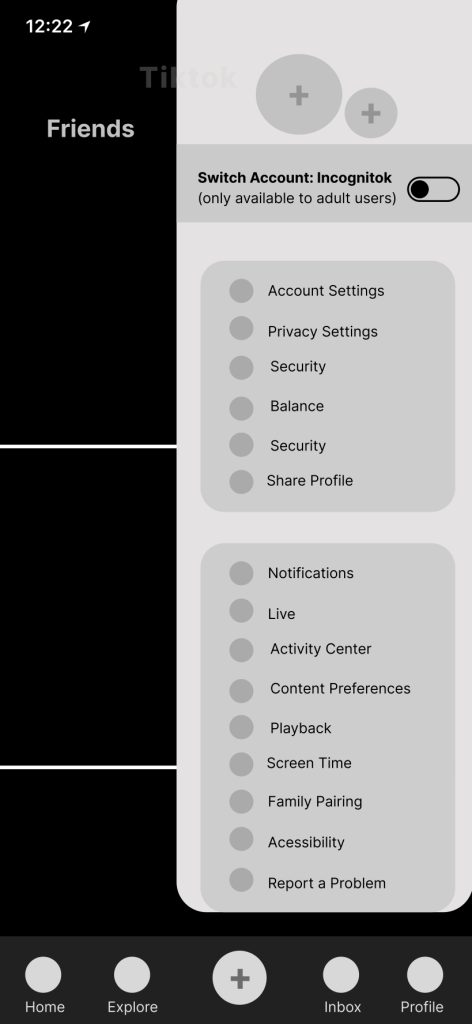
Content on “Incognitok” will be marked and restricted to users who have verified their age and consented to view such content. Some of the topics on this side of the app will be what is considered potentially upsetting to other users such as extreme sports, medical procedures, sensitive topics such as violence, and some mental health topics – among others. It’s important to ensure that the use of “Incognitok” aligns with platform guidelines and local regulations.
‘Incognitok’ homepage will look like this.

Access to this feature is contingent upon age verification, as outlined earlier in the post. While using ‘Incognitok,’ your content consumption will not influence or impact your account’s search and watch history, ensuring privacy and content separation.
5. Well-being pop-up
This proposal tackles addiction concerns and prioritizes user well-being. Presently, this feature can be enabled within TikTok’s settings, but its inconspicuous nature may inadvertently encourage excessive use, potentially resembling a dark pattern in app design.
Our solution proposes the inclusion of a built-in timer for first-time users, triggered after 45 minutes of continuous activity, reminding them to take a wellness break. After encountering the initial pop-up, users have the option to disable or personalize this feature according to their preferences. Offering an exit point from the app aligns with well-being guidelines, fostering a responsible platform that promotes mental health and balanced usage.
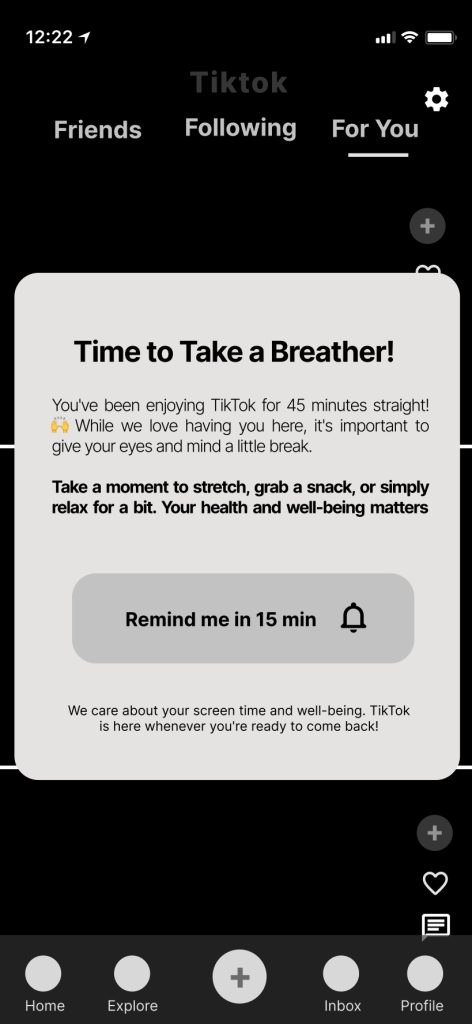
Conclusion
Overall, these solutions address various issues, including user safety, age-appropriate content, and well-being. However, their success will depend on the effective implementation, clear communication of changes to users, and continuous monitoring and improvement of these features.
Additionally, collaborating with local stakeholders and considering cultural sensitivities in Kenya will be essential to ensure that the solutions align with the needs and values of the Kenyan user base.
Would you like to create or improve digital products like apps and websites? Learn more about our Product Design (UI/UX) course and join the next intake – here.

 Kenya
Kenya  International
International 






